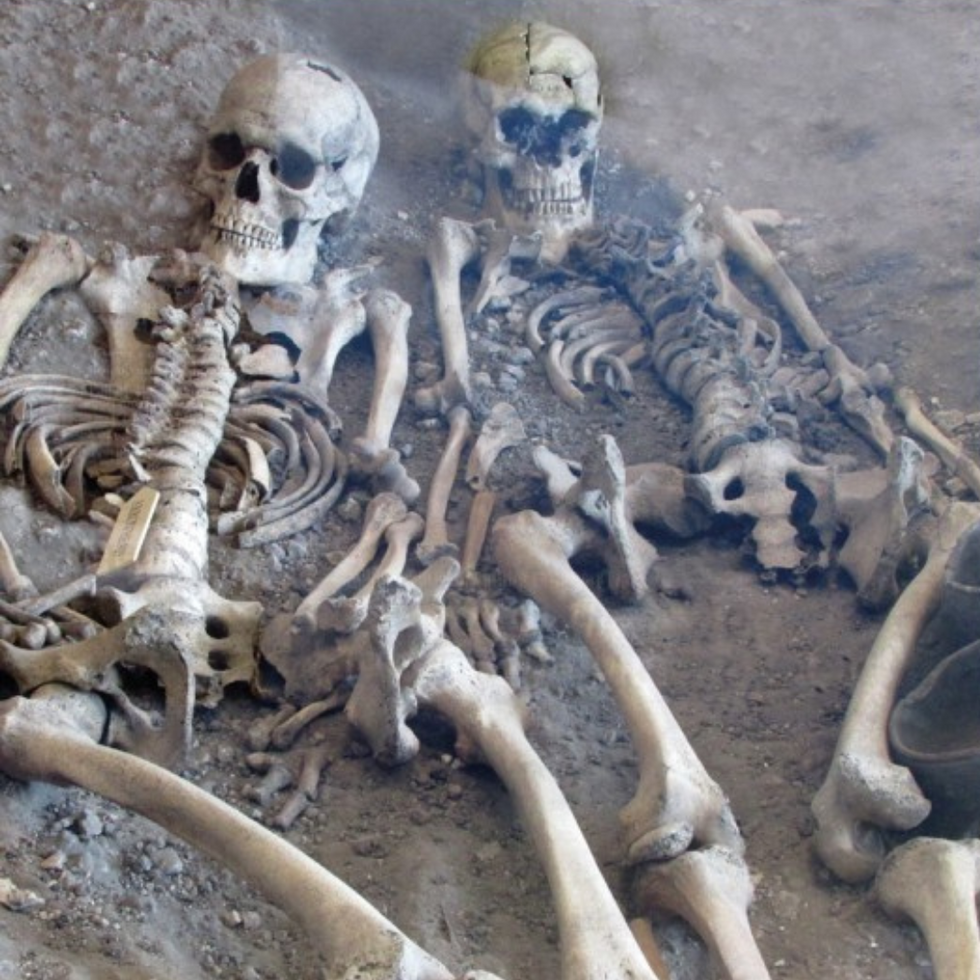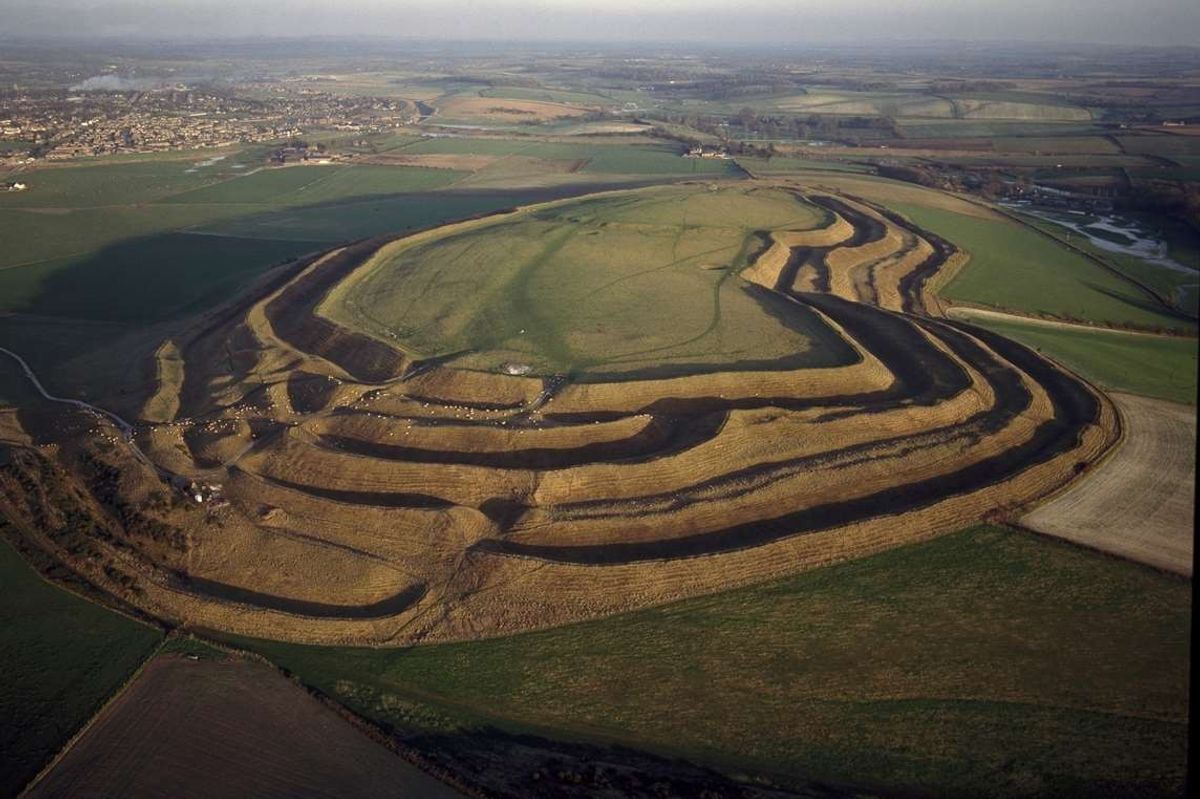'Mafia-style gangland executions' unfolded at site of 2,000-year-old bloody British massacre, new research reveals

Scientists have shed light on how brutal Iron Age killings unfolded before the Romans arrived in Britain
Don't Miss
Most Read
Latest
A long-held belief that ancient Romans massacred 62 native Britons in Dorset 2,000 years ago has been debunked by researchers at Bournemouth University.
Using modern dating techniques, scientists have discovered the violent deaths were actually "gangland-style executions" by rival Iron Age groups fighting for power before Romans arrived in Britain.
A mass burial site containing 62 skeletons was found at Maiden Castle in 1936, and was attributed to a brutal massacre by pillaging Romans.
But the new study found the victims suffered violent deaths before the Romans landed on English soil, disproving the longstanding belief that the massacre was part of their ruthless invasion.

Skeletons found at the site bore marks of savage ferocity, with most having smashed skulls and no defensive wounds.
|BOURNEMOUTH UNIVERSITY/MARTIN SMITH
Miles Russell, the current dig director, said the evidence paints a picture of revenge, bloodthirsty executions and tumultuous politics.
"We can now say quite categorically that these individuals died a long time before the Romans arrived and over a long period of time, not in a single battle for a hill fort," he said.
"The deaths were a series of gangland-style executions.
"People were dragged up there and put to death as a way of one group exerting control over another."
The majority of this violence occurred at the start of the first century AD, and sheds light on the violence preceding the Roman invasion in 43AD.
BREAKTHROUGH FINDS UNDER BRITISH SOIL - READ MORE:

'People were dragged up there and put to death as a way of one group exerting control over another,' researchers said
|ENGLISH HERITAGE
Russell described the killings as involving "Mafia-like families" and "Game of Thrones-like barons with one dynasty wiping out another to control trade links and protection rackets for power".
"What we are seeing is the people who lost out being executed."
The skeletons bore marks of savage ferocity, with most having smashed skulls and no defensive wounds.
"They were repeatedly struck with a sword to the head with the skulls smashed to oblivion," Russell added.
"You are talking overkill, not a single death blow.
"These were gangland executions carried out in a very prominent and obvious way as a warning to others."
LATEST ARCHAEOLOGY UPDATES FROM GB NEWS:

Russell said the killings were carried out by 'Game of Thrones-like barons with one dynasty wiping out another to control trade links and protection rackets for power'
| HBOThe researchers believe the now-debunked theory was accepted as truth because it was espoused by Sir Mortimer Wheeler, who led excavations at the site in the 1930s, and resonated with public fear of a potential invasion from the Nazis.
The scientists write in their paper that "in associating the cemetery with a Roman attack, Sir Mortimer Wheeler missed an intriguing proposition" about the different forms of violence in the pre-Roman Iron Age.
The Iron Age acts of violence appear to have ended within a generation following the formal establishment of a Roman province in the mid-first century AD.
The Bournemouth study is published in the Oxford Journal of Archaeology.











